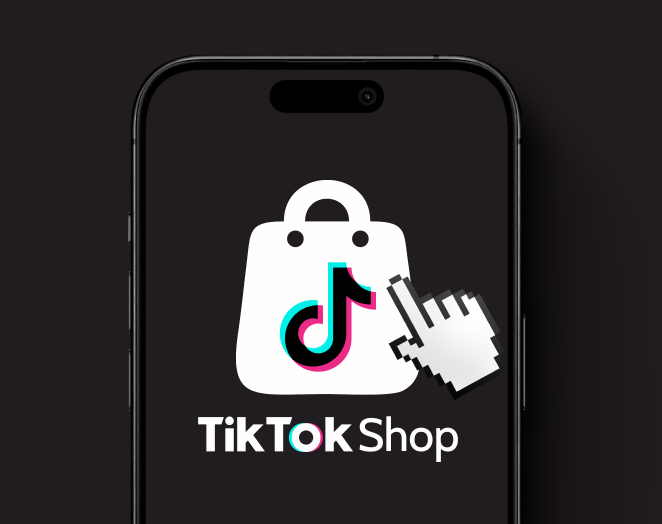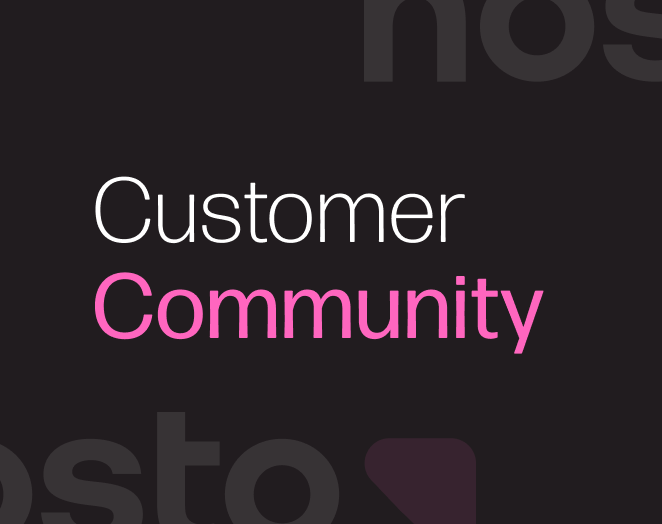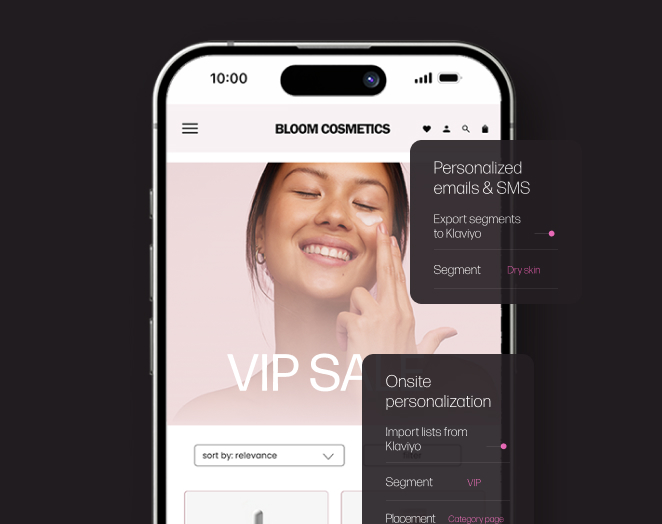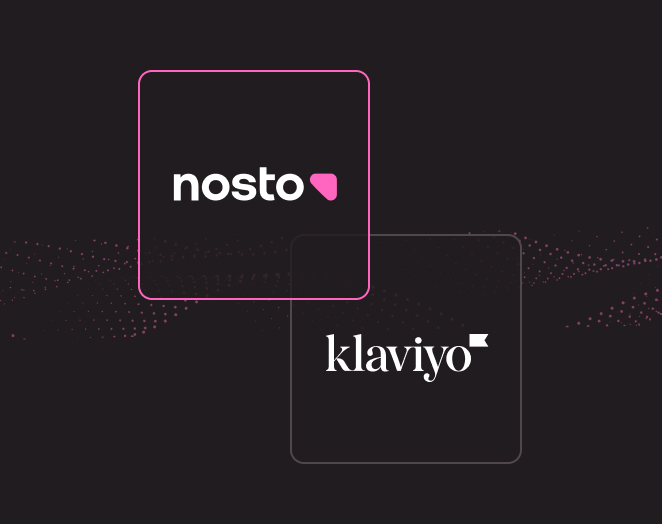Your Brand Out of Your Hands: UGC, Influencers and the Instagram Generation
The success of some brands was born in social media, while others may be more tentative about embracing User Generated Content (UGC). How can a brand accustomed to tightly managing their image benefit from UGC without compromising their control?
Let’s take one step back…
There was a time when word of mouth, press, celebrity endorsements and advertising were distinct – and mostly controlled – ways that brands built awareness and drove reputation.
In the Instasnaptweetbook™ era, the lines of demarcation between these activities for shaping opinions and generating sales have all but dissolved. Your personal friends comment on (semi-)celebrities showing off products in paid social media posts, and everyone’s comments appear in the same medium as the original content. A single online post can reach more people in one day than the total population of some cities.
Anyone can create content now – even if you don’t like it

User content on social media platforms presents an opportunity for brands to receive exposure, but also a degree of risk since that exposure is completely out of the brand’s control.
The ability to create content has always been available to the majority of people, but today we are at the nexus of amazing content tools and ready access to content distribution: 10+ Megapixel cameras on phones, apps for everything, a shorter time span for ideas to spread virally…
This puts the power of creation AND mass sharing into the palm of anyone’s hand for the first time in history.
These developments are great for content creators, but pretty scary for brands who obsess over every comma in their copy and every pixel in their photographs. So, how can a brand accustomed to managing their image take advantage of user-generated content without creating more problems than they solve?
Steer “The Human Algorithm”

Every brand’s marketing is affected by algorithms, directly and indirectly.
These mathematical models determine search rankings, the appearance of posts on social media, and the placement of just about every online ad. Whenever Google or Facebook make an update to their algorithm, there are dozens of articles dissecting the changes and hundreds of comments (typically complaints) about how the shift has hurt businesses.
If you understand how a technical algorithm works, you can use it to your advantage. But if you fight an algorithm, you’ll find yourself swimming upstream. When a brand encourages UGC it places itself in the hands of both the social media technical algorithm, but also what could be called the human algorithm.
What’s the difference, you ask? Well,
- A social media algorithm can make content go viral, but the human algorithm is what makes something popular.
- A social media algorithm is like a paved sidewalk in a park, but the human algorithm is the path of crushed grass and scratched dirt that is walked into existence by people over time.
For your brand to get exposure you need to understand the technical algorithms of content distribution, but for your brand to have an organic and positive impact on your audience, you need to steer the human algorithm to control the conversation, even if you don’t control the content.
This is how:
1. Curate by contributing

If there is user-generated content posted that is everything you ever hoped and dreamed your fans would create… promote it. A lot.
This is how the human algorithm is steered to your benefit.
If a fan posts an amazing photo or video of your product… ‘like’, comment and share/repost it.
Your comments, reposts, etc. are the mechanism for curating your brand’s main identity online. Just because you are not the author of every part of your brand’s identity in social media doesn’t mean that you give up the role of editor and curator. Curate with your contributions to the conversation they started.
2. Reward good content
Reward content and creators who push things in the direction you want. Include their content in emails, post their content across platforms, gift them with VIP status or loyalty points – whatever is on-brand.
Even the attention you give them (a ‘like’, repost, share) is a reward. Yes, it can provide an intangible “feel good” experience for the original poster, but your micro-endorsement can lead to more clout and followers for their account. Literally or figuratively, this is social media currency.
While some brands chase and pay influencers (with mixed results) you may be given the opportunity to create an influencer organically. Be ready to embrace that opportunity.
3. Remember that UGC is a form of recommendation
A single ‘like’ or a comment can be an endorsement. 1000 likes or comments (almost regardless of the content) can be an endorsement.
You may show product recommendations on your site or communicate suggestions for complementary products, but UGC is a (mostly) unsolicited, trustable recommendation of your brand from a third party.
Think of UGC as the starting point of a recommendation. You then have the opportunity to steer and funnel the context of that content to help support your marketing goals.
While UGC may be a bit scary, you still have the opportunity to frame the conversation and ultimately benefit from the results.
About Thom O’Leary and FIXER Group
Thom works with e-commerce clients in the luxury industry to sustainably grow their online stores. Reach him through FIXER Group.




